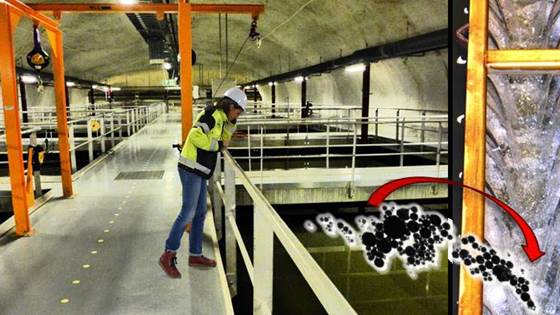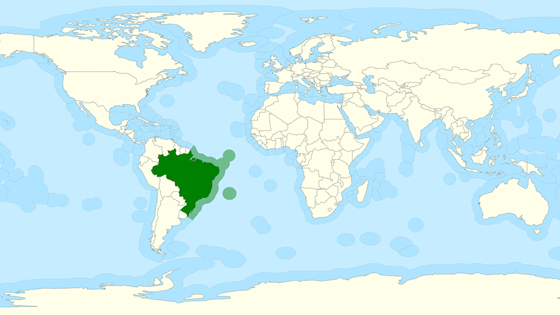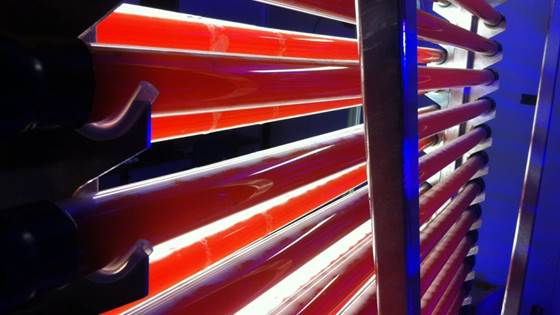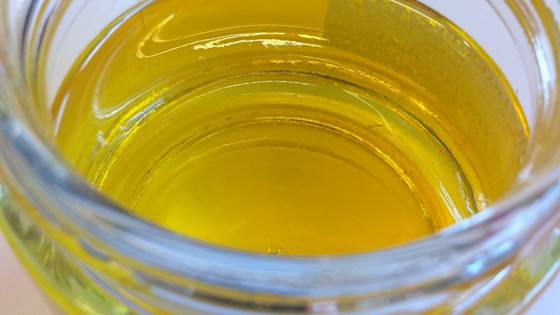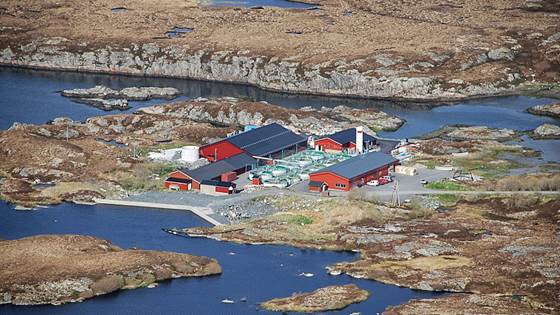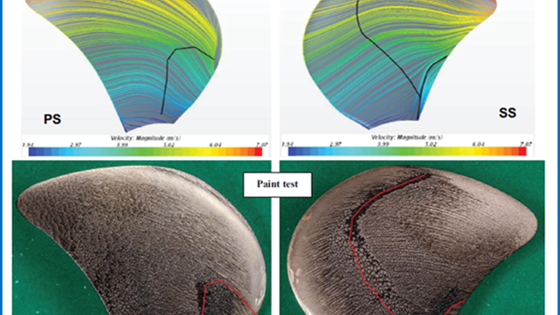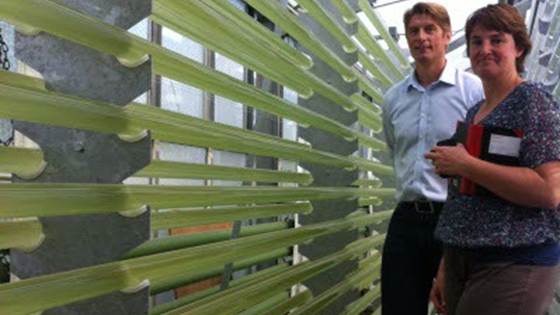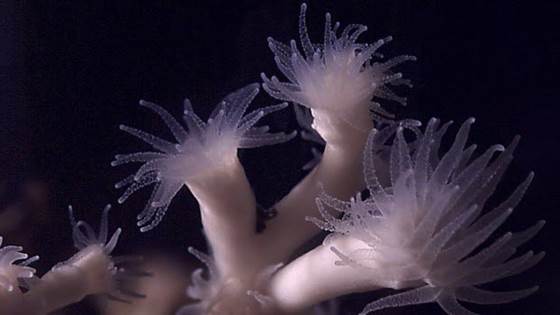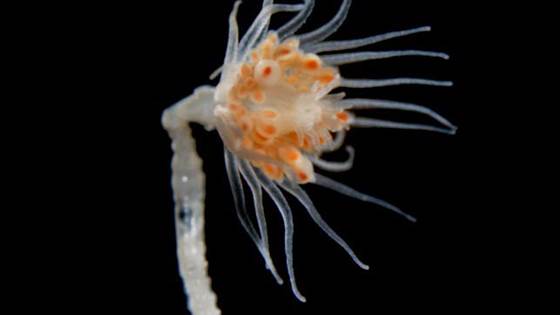
STING - Fish health and farm biosecurity risks posed by biofouling management in Norwegian salmon aquaculture
This PostDoc project is supported by the Research Council of Norway and will examine the risks of current biofouling management practices in Norwegian salmon aquaculture on fish health and biosecurity.
